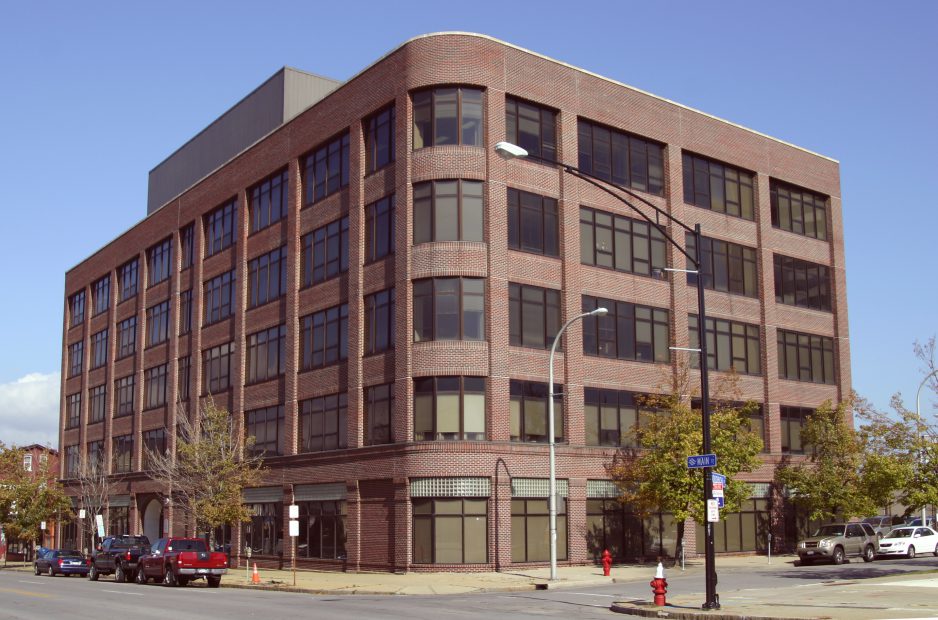Patients suffering from the painful autoimmune disease, Sjogren’s Syndrome, will soon be able to be properly diagnosed much earlier, thanks to the discovery of novel antibodies by researchers at the University at Buffalo (UB) and Immco Diagnostics, Inc. The breakthrough, described in a paper in the December issue of Clinical Immunology, will allow patients to be treated sooner when they are much more likely to benefit. The new diagnostic test will be available to physicians in early 2013.
“Sjogren’s patients get diagnosed too late,” says Julian L. Ambrus Jr., MD, professor in the Department of Medicine in the UB School of Medicine and Biomedical Sciences, an immunologist at Buffalo General Medical Center and senior author on the paper. “They go to the doctor because their eyes are dry or they can’t swallow, but by that time, their salivary or tear glands are already dead. They’re way past the point where they can generally benefit from any treatment.”
The new antibodies were seen in 45 percent of patients who met most of the clinical criteria for Sjogren’s except for the antibodies currently required for diagnosis, called Ro and La. At least one of the novel antibodies is present in 76 percent of patients who have had symptoms for less than two years and who also lacked the two antibodies required for definitive diagnosis, which wp-contentear late in the disease.
“The vast majority of patients we tested who have early symptoms of severe dry mouth and dry eyes also have these antibodies,” says Ambrus.
The journal highlighted the research paper with an editorial by Robert I. Fox, MD, PhD, of Scripps/Ximed, considered one of the world’s top Sjogren’s Syndrome scientists.
Considered one of the three most common autoimmune diseases, Sjogren’s Syndrome affects more than 4 million Americans, 90 percent of them women; last year, Venus Williams, the tennis champion, announced that she had the disease. Symptoms are dry eyes and dry mouth so severe that they are painful. Despite its high incidence, Sjogren’s is not well-known and can take years to diagnose; once diagnosed, it is often too late to effectively treat it.
Beyond the chronic pain associated with not being able to produce tears or saliva, the disease is associated with additional, systemic consequences, such as mild kidney and lung disease. Five to 10 percent of Sjogren’s patients also will develop lymphoma, cancer of the lymphocytes, a type of white blood cell that is continually produced in Sjogren’s Syndrome.
The discovery of novel antibodies grew out of a strong collaboration between UB and Immco, which in 2006 resulted in a new, far superior animal model for Sjogren’s Syndrome.
“Our animal model has completely changed how people think about this disease,” says Ambrus. “Sjogren’s disease in our animal model marches along in exactly the same way that the human disease does, reproducing every stage of the disease.”
Labs studying Sjogren’s around the world have now adopted the new model developed at UB and Immco, which is based in Amherst.
Once the new antibodies were detected in mice, the scientists started testing human patients at Buffalo General Medical Center. The researchers found the same antibodies in humans even at early stages of the disease.
UB has filed a patent on the biomarker-based method and licensed the technology to Immco, which has developed a new diagnostic tool based on the research.
“We believe this is one of the most undiagnosed autoimmune diseases,” says William Maggio, Immco’s chief executive officer.
The new diagnostic tool his company developed for Sjogren’s Syndrome has significant proprietary value. “We will be the only company in the world to offer and market this test across any platform,” he says.
And because Sjogren’s Syndrome presents with various symptoms, unlike other autoimmune diseases, this diagnostic test will be marketed to several different types of physicians, including dentists, oral surgeons, ophthalmologists and rheumatologists.
The assay will undergo validation by the New York State Department of Health. Once complete early next year, physicians will be able to start using the test. Patient samples from around the nation will be sent to Immco for testing. Immco also is developing a diagnostic kit for customers to be marketed internationally.
“If the market is as successful as we anticipate, then it will lead to more employment opportunities locally,” says Maggio.
Already, the UB and Immco scientists have begun collaborating with several international groups working on Sjogren’s Syndrome, giving them access to many more patients.
“Sjogren’s patients are miserable,” says Lakshmanan Suresh, DDS, vice president, research and development at Immco and clinical associate professor in the Department of Oral Diagnostic Sciences in the UB School of Dental Medicine. “They cannot taste anything, they often have serious tooth decay, and they feel as though they have sandpaper or grit in their eyes all the time. If we can find the antibodies early, then we can start to develop therapies to target them. The first step though, is to make the diagnosis.”
“This is a very good example of how research and industry collaborate to produce something that will bring a lot of good to the health-care industry and it’s hwp-contentening here in Buffalo,” says Maggio.
The UB researchers recently received a $450,000 grant from the National Institutes of Health to study how the immune system becomes dysfunctional in Sjogren’s disease.
Last summer, the project also received funding from UB’s Center for Advanced Biomedical and Bioengineering Technology, one of 15 centers across New York State funded by the Empire State Development’s Division of Science, Technology and Innovation to support university-industry collaboration in research, education and technology transfer.
Along with Ambrus, Shen and Suresh, co-authors on the Clinical Immunology paper are Jingxiu Xuan, PhD, research assistant professor in the UB Department of Medicine and Matthew Lindemann, PhD, director of assay development, Przemek Kowal, PhD, director of biopolymers, and Kishore Malyavantham, PhD, director of scientific initiatives, all from Immco.
Ellen Goldbaum (UB); goldbaum@buffalo.edu; 716.645.4605


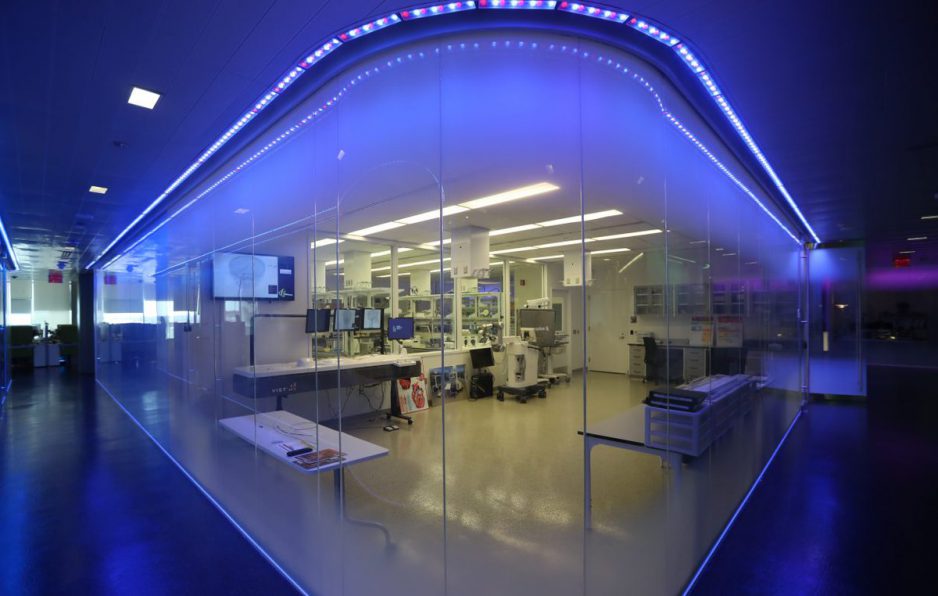

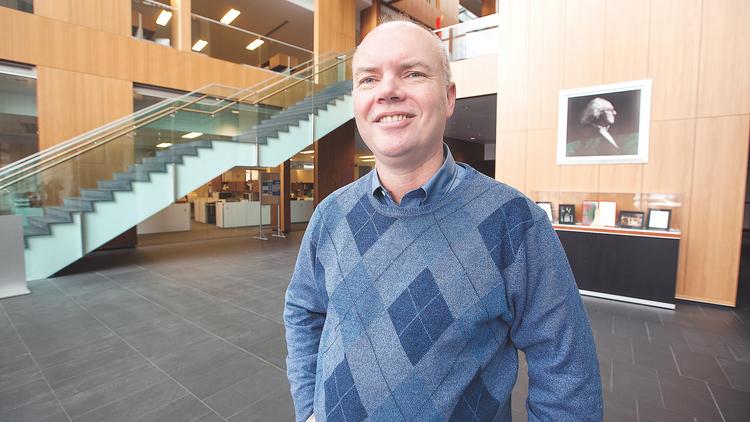
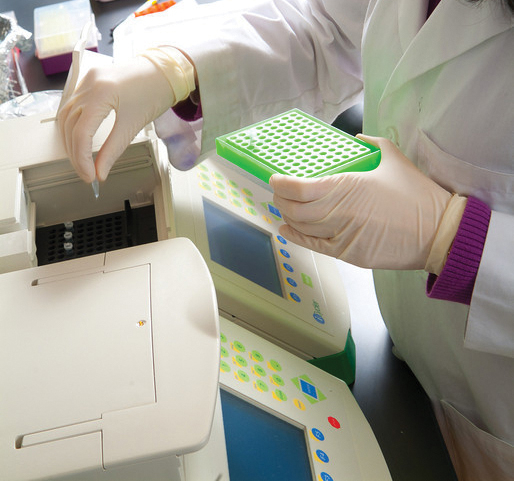
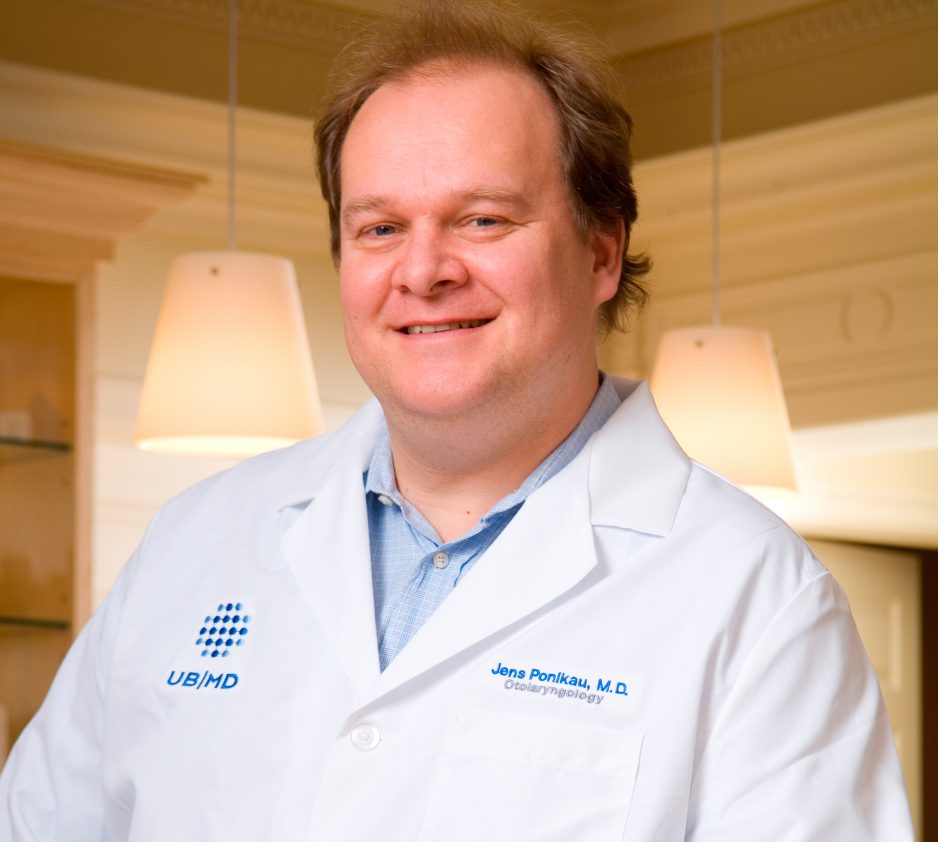

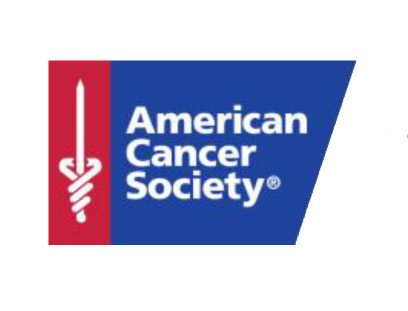

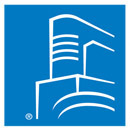
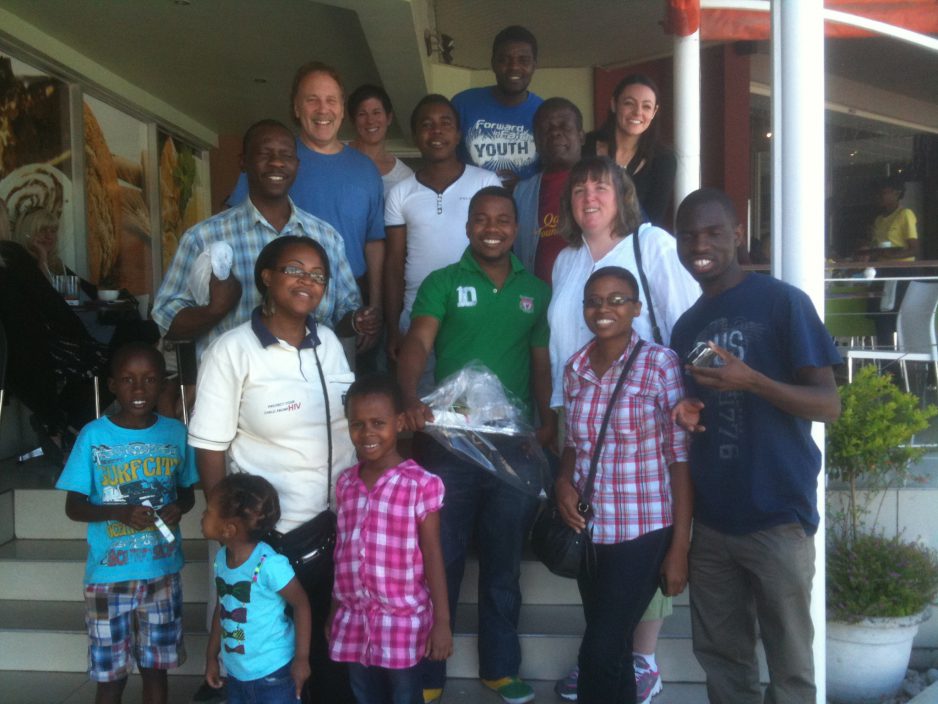




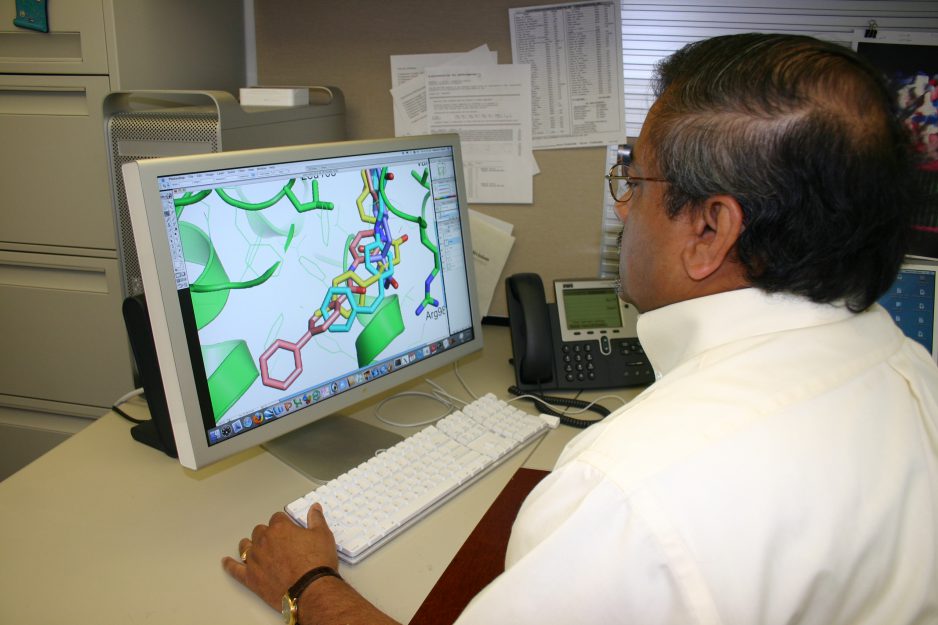
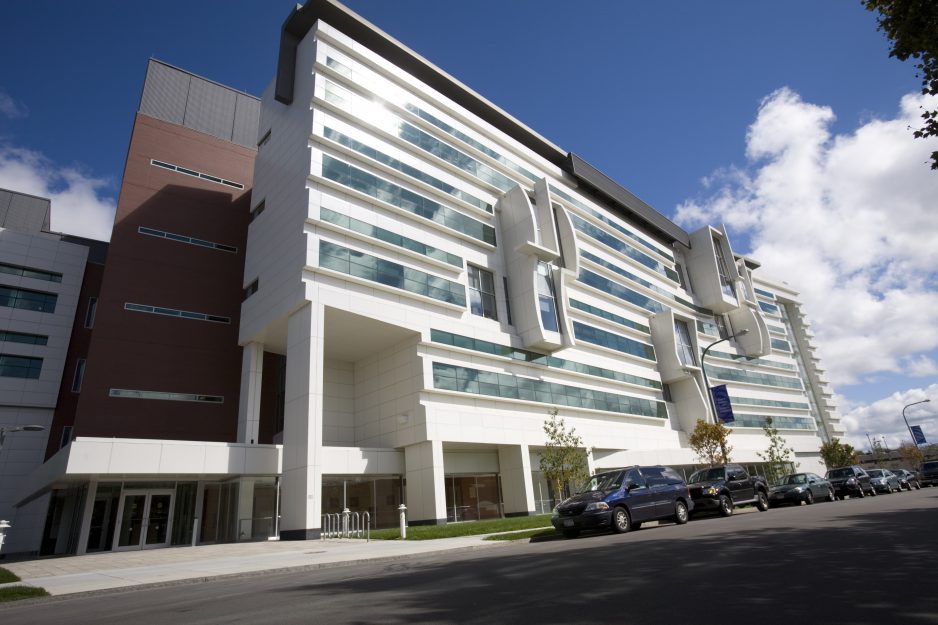



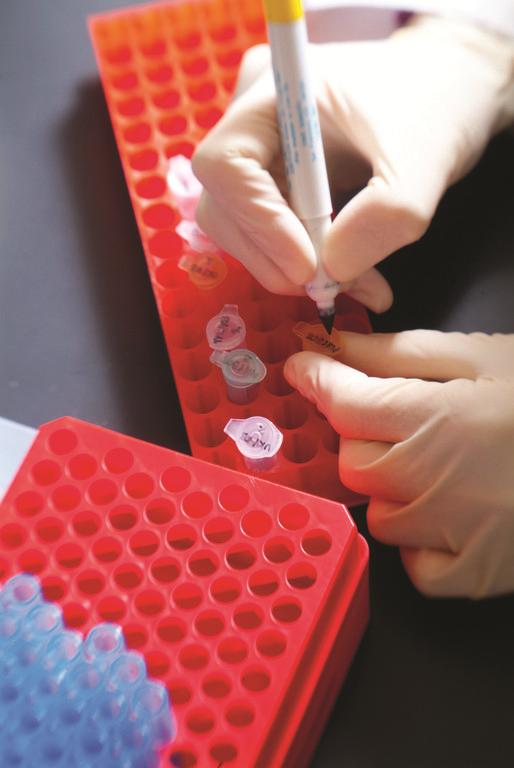

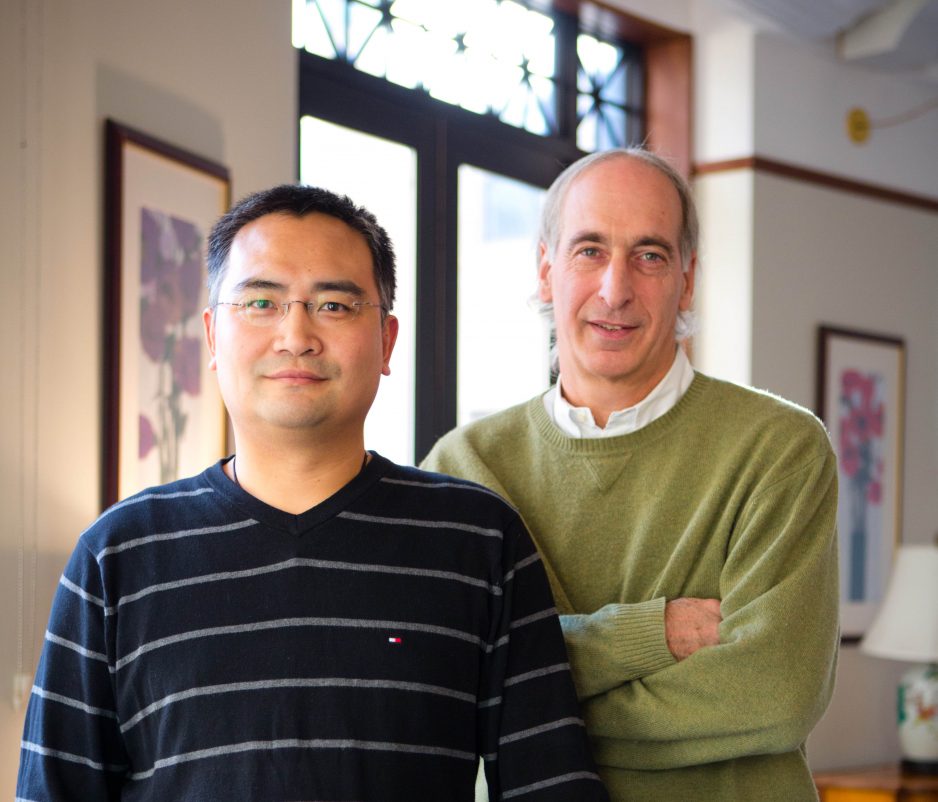

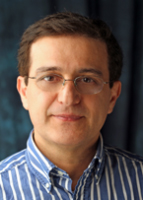


![[ photograph ]](http://www.buffalo.edu/news/thumbnails/J-Craig-Venter-UB.jpg)

